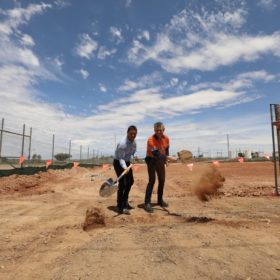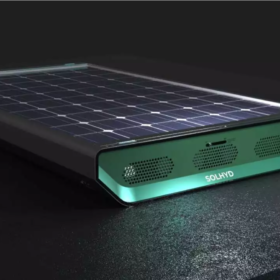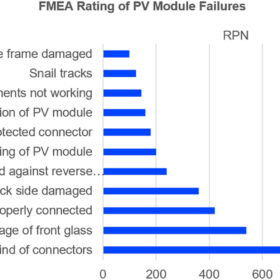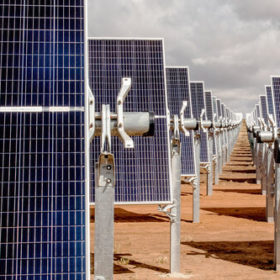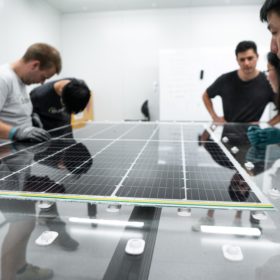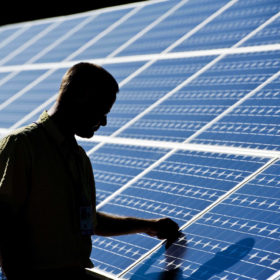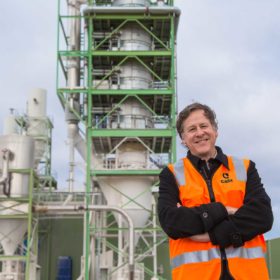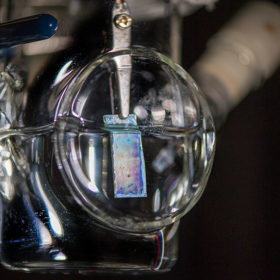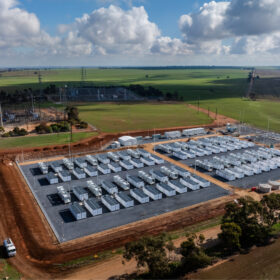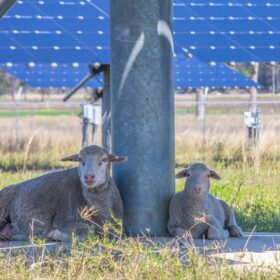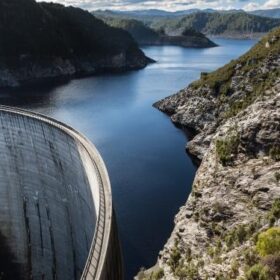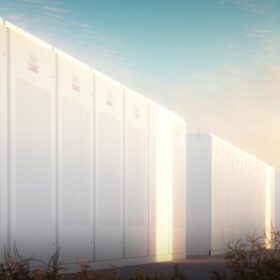Virtual power plant to trade grid-stability services in New Zealand
New Zealand’s solarZero says it aims to provide fast, sustained reserves with its virtual power plant of 10,000 household battery systems. Meridian Energy, meanwhile, has secured approval for a 100 MW battery energy storage system – the country’s largest such system to date.
AGL breaks ground on ‘pioneering’ Broken Hill battery
Construction has begun on a 50 MW/50 MWh battery near the outback city of Broken Hill which will be equipped with advanced inverter technology designed to improve system strength in regional New South Wales and support increased levels of renewable energy generation in the area.
Hydrogen-producing rooftop solar panels nearing commercialisation
KU Leuven researchers have developed rooftop panels that capture both solar power and water from the air. Like traditional PV modules, hydrogen panels are also connected, but via gas tubes instead of electric cables. The researchers are now preparing to bring the tech to the mass market via a spinoff company.
Rooftop PV performance during heatwaves
Chinese researchers have assessed the impact of residential rooftop PV arrays on energy use and surrounding air temperatures during extreme heatwaves. They found that panels with higher conversion efficiencies achieved the best results.
Quantitative methodologies to assess technical risks in PV
Researchers led by Germany’s TÜV Rheinland have created a database of technical risks and mitigation measures for PV installations. Their broad overview of quantification methods has shown that further standardization is required.
Energy Estate looks to cavern storage for Hunter Hydrogen Network
Developer Energy Estate has signed a deal with Abergeldie Complex Infrastructure, which has designed vertical manmade caverns for hydrogen storage. Energy Estate co-founder Simon Currie says the partnership is about shoring up projects like its proposed 1.6 GW Hunter Hydrogen Network.
New study looks at Sundrive’s 25.54% silver-free heterojunction solar cell
A new scientific paper takes a closer look at the record-breaking efficiency that Australia’s Sundrive announced for a silver-free heterojunction cell in September 2021, as certified by Germany’s Institute for Solar Energy Research.
Most new solar panels retain 80% production after 30 years
A five-year Sandia Labs study on solar module degradation shows that 13 out of 23 tested module types have effective lifetimes exceeding 30 years.
Could Australia still have a pathway to manufacturing green steel?
ARENA has awarded global technology company Calix $947,035 (USD 612,509) to help fund an eleven-month study into the feasibility of deploying the company’s proprietary Zero Emissions Steel Technology (ZESTY) at a demonstration plant – something both Calix and ARENA are touting as a pathway to green steel manufacturing using hydrogen in Australia.
Standardised measurements for solar water-splitting for green hydrogen
NREL and Berkeley Lab have proposed efficiency and stability best practices for solar water-splitting to make hydrogen, while a team of researchers from Malaysia and Pakistan have revealed their findings on the feasibility of hydrogen-based incineration.

